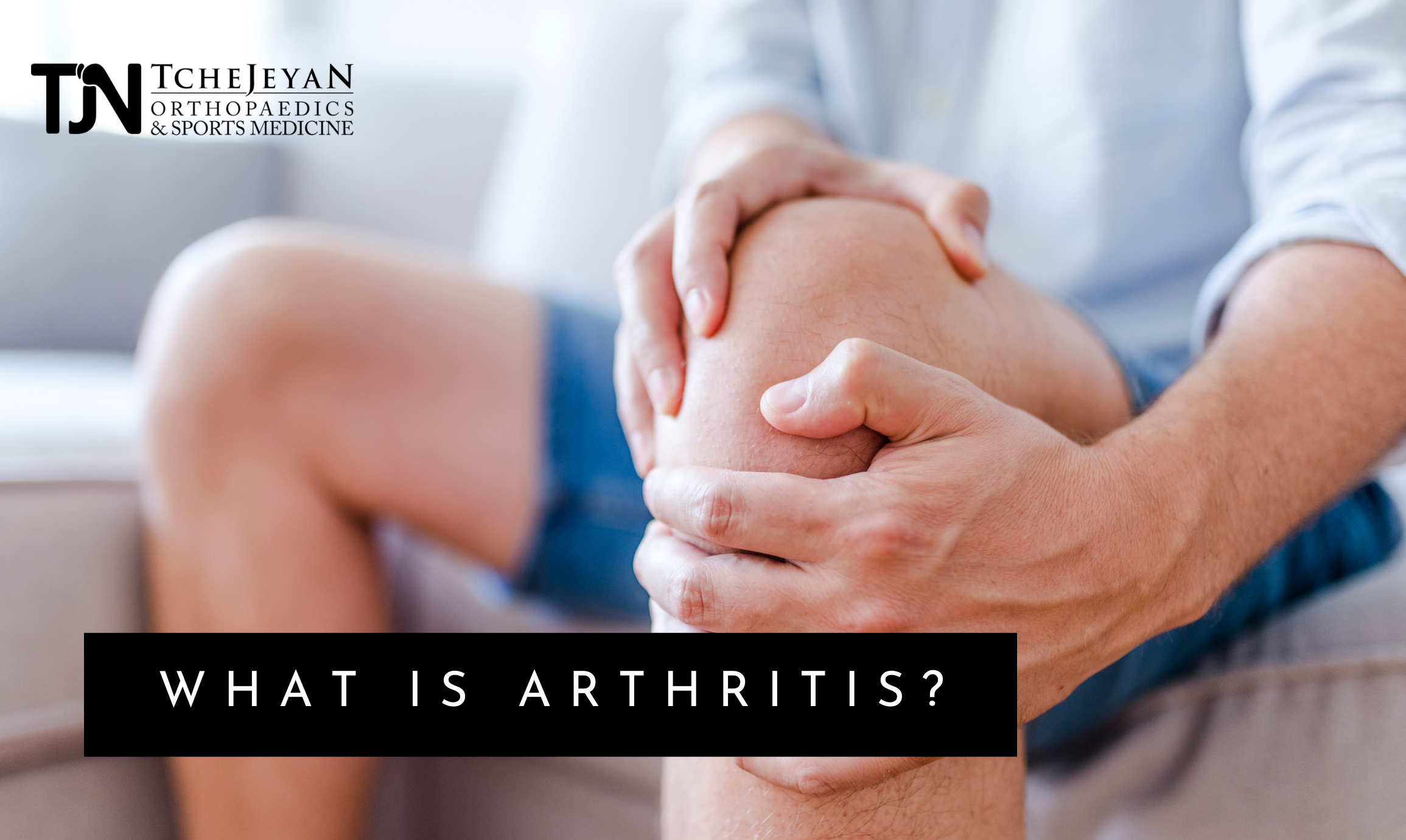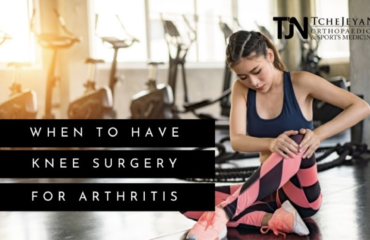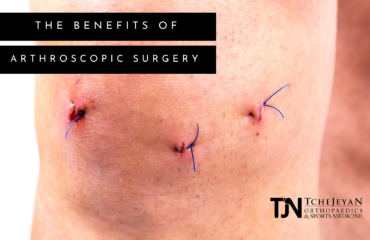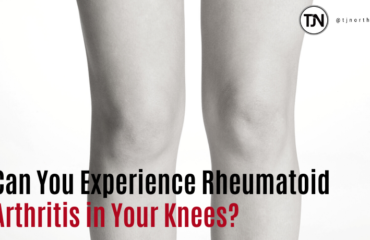Arthritis is a painful condition that affects millions of people every year. There are different types of arthritis, including osteoarthritis and rheumatoid arthritis, and the condition can affect any joint in the body. Today, our experts at Tchejeyan Orthopaedics and Sports Medicine in Thousand Oaks, CA are discussing what arthritis is, what the symptoms of an arthritic knee are, and more.
Arthritis sometimes referred to as joint inflammation, is a painful condition that can be caused by anything from an underlying disease to a joint infection or normal wear and tear. There are several ways to diagnose this condition, including a physical examination, a discussion of your medical history and current health, blood tests, and imaging tests. However, one of the most common diagnostic techniques is a discussion of your symptoms.
What Are the Symptoms of an Arthritic Knee?
The symptoms of an arthritic leg joint can vary from person to person, but the most common symptoms are:
- A gradual increase in pain in your joints
- Tenderness or swelling
- Locking and buckling
- Popping or cracking noises
- Limited range of motion
- Leg joint deformities
- Loss of joint space
How Can Joint Pain Be Treated?
If you have joint pain between your upper and lower leg, you have several treatment options. Treatment options include physical therapy, medications, weight loss, and injections.
The physical therapist usually works under the supervision of the orthopedic surgeon which may include low-impact exercise, strengthening, and stretching. The lack of movement that accompanies arthritis can further create stiffness and contracture to the joint. Physical therapy will aim to improve joint range of motion.
Oral medications are another form of non-surgical treatment for arthritis, Over the counter or prescription anti-inflammatories can help to decrease joint inflammation. It is important that your doctor monitor the dose, frequency, and length of the anti-inflammatory medication side stomach irritation, ulcers, and kidney damage can be side-effects of chronic use.
Injections directly in the joint can also improve arthritis-related inflammation. There are several types of injections utilized for arthritis including cortisone and viscosupplementation, which is hyaluronic acid gel. There are also regenerative medicine options including stem cells and platelet-rich plasma (PRP).
ARTHROSCOPY
If you have osteoarthritis in the joint between your upper leg and lower leg, arthroscopy may be a solution for you. This technique involves the insertion of an arthroscope, a tiny cannula with a camera attached to the end. For very specific knee arthritis conditions and symptoms, arthroscopy can provide good pain relief and improved function.
Arthroscopy is much more ideal than traditional leg joint surgery because neither your tendons nor muscles are cut into, the incisions made are smaller, and the recovery time is much shorter. We are able to produce the same results as a traditional procedure with a much shorter recovery period because the camera at the end of the arthroscope allows us to see the affected area without opening it all the way up.
Joint Replacement
This method is used in cases of severe arthritis that does not get better after cortisone shots, NSAIDs, rest, and ice. During your initial consultation, we will assess the extent of your joint damage to determine whether this is the most appropriate method for your diagnosis.
If this pain relief method is chosen, a replacement joint will be implanted to treat pain caused by cartilage damage. Individual results vary, but you can expect with a high level of confidence that your pain relief will last for a couple of decades. However, you should be aware that obesity often causes replacement joints to wear faster than if you were closer to a healthy weight.
Discover Today How You Can Get Relief From Your Pain
While arthritis is an incredibly common joint condition caused by inflammation, you don’t have to live with it. To learn about your treatment options, contact us today at Tchejeyan Orthopedics to schedule an appointment. We look forward to meeting you soon and setting you on the most effective path to recovery.





[…] you don’t treat an injured ACL, you’ll experience the accelerated breakdown of the cartilage in the knee, which will put you at risk for osteoarthritis. An injured ACL cannot function […]